Dry food for kittens: tips for choosing and application features

When a kitten appears in the house, the question immediately arises of how and what to feed it. The stores offer a huge variety of food for animals: both natural food and dry. Often the choice of the owners falls on the second option due to the balance of its composition. Is it permissible to feed a kitten with such food, how to choose it - we will deal with these and other questions in the article.
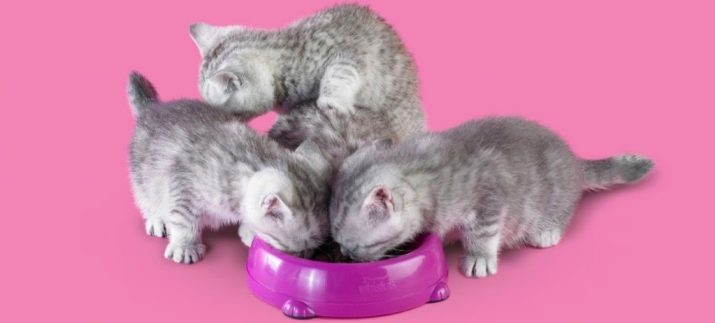
Characteristic
Dry food is granules that are created on the basis of meat with the addition of vitamins and microelements. Almost all manufacturers divide their products into two main lines:
- for adult cats;
- for kittens.
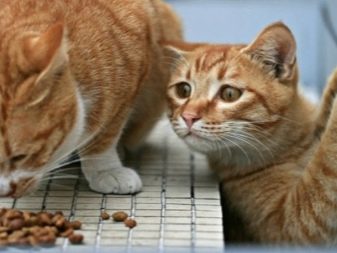
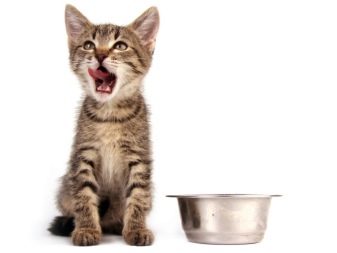
For small members of the feline family, dry food will be with small granules that fit in the mouth. Such food will be digested by 80-90%, and the nutritional value will be greater than for adults. An important detail is the amount of minerals, because kittens have an increased need for them, as they grow.
When choosing a feed, pay attention to the composition, choose a manufacturer that has included natural products... So, "dehydrated chicken meat" is a natural component, "bird meal" is not.
Also, an important fact is the absence of dyes, preservatives, gluten, wheat flour. Good food will be enriched with plant fiber and minerals.
Veterinarians advise against combining "dry food" with natural food. This is due to the different way in which foods are digested. If your kitten eats "crackers", he needs a lot of water, which is not needed when breastfeeding.Therefore, frequent changes in food systems can lead to stagnation of feces, constipation, gastroenteritis.
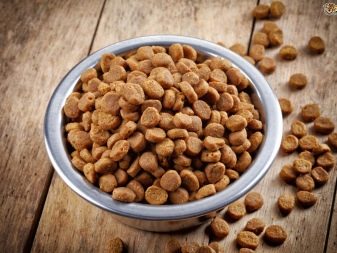
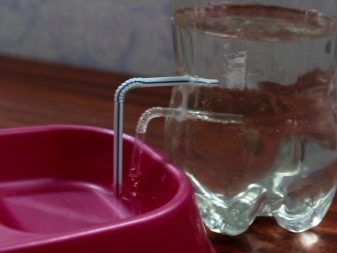
When you have decided for sure that you will feed the kitten with dry food, choose a manufacturer that suits your pet.
Make a choice once and buy only such food in the future. This will help you avoid gastrointestinal problems.
Advantages and disadvantages
Various nutritional systems cause a lot of controversy among veterinarians and experienced breeders. Someone believes that there is nothing better than natural nutrition, and some say the opposite.
Positive sides
- Dry food manufacturers take into account the developmental characteristics of kittens and make food with a high calorie content. This is important, because every month we anxiously monitor whether the kitten has recovered or not.
- The "croutons" are being enriched with vitamins, minerals, microelements, which are so necessary for the harmonious development of babies, in an industrial way.
- Housewives are freed from daily cooking for their pets, which is an undoubted plus in the conditions of modern megacities.
- The food bowl is filled once in the morning, and the kitten can regulate the amount of food eaten at a time.
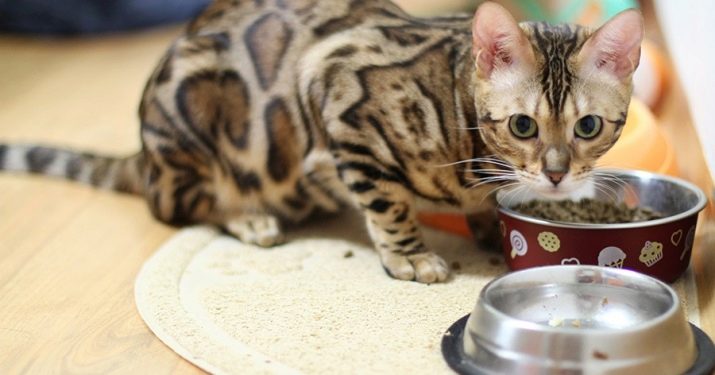
Negative points.
- The most important argument of veterinarians who do not recommend dry food is the appearance of urolithiasis in babies. However, with the improvement of product quality, this problem is gradually disappearing. The main recommendation now is that you should not choose mass-market feeds, such as "Whiskas", "Friskas", "KittyCat".
- Sharp granules can damage the delicate mucous membranes of the kitten.
- Good food with natural ingredients is quite expensive. In addition, they are often difficult to find on the shelves of a regular supermarket.
- In the presence of dyes and preservatives, the baby may develop allergies.
- If a tiny pet has a limited water resource, then this will cause stagnation of feces and great problems with the entire gastrointestinal tract.
In each case, only the owner has the right to choose how to feed the kittens. But it is imperative to analyze all the pros and cons of various approaches to the power system.
Rating of the best
Today the number of cat food is amazing. How not to get lost among this variety and really choose what your pet needs?

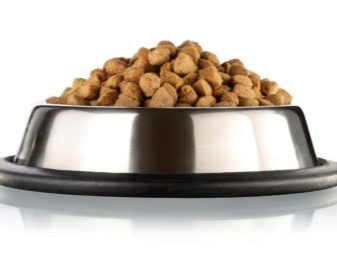
We have already said that it is necessary to carefully read the composition of the feed. Let's repeat what you need to look for there:
- a good feed must contain natural meat;
- for kittens "crackers" are enriched with vitamins and minerals;
- look for shelf life: the shorter they are, the less preservatives are added to the feed;
- also pay attention to the presence of dyes, gluten, wheat flour, stabilizers - all this should be in a minimum amount, and it is better to be absent altogether.
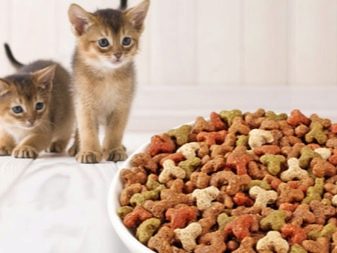
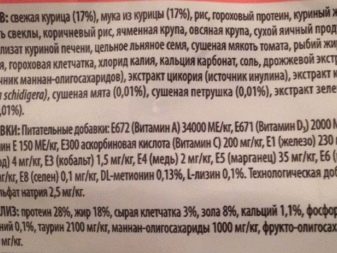
In terms of quality, fodders of foreign production differ significantly. It can be:
Royal Canin Size nutrition Mini Junior;


- Hill's Science Plan Puppy & Kitten;


- Eukanuba Puppy & Junior Small Breed;
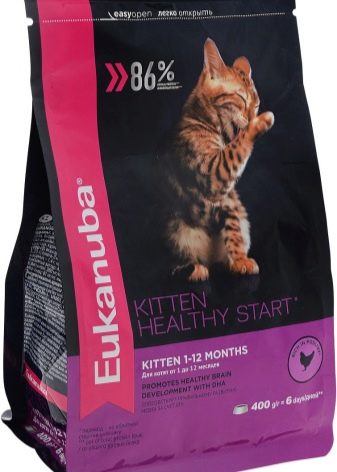
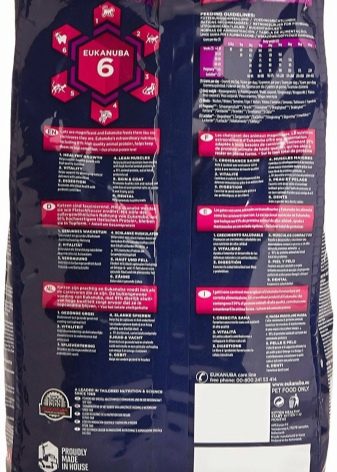
- Pronature;
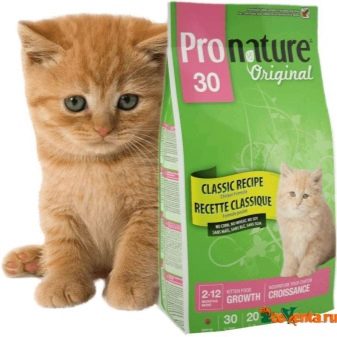

- Farmina N&D;

- Purina.
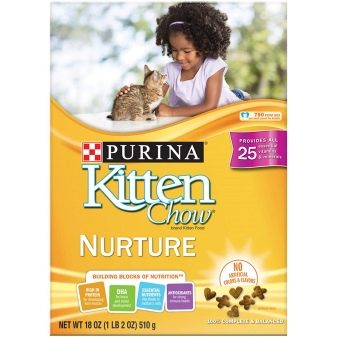
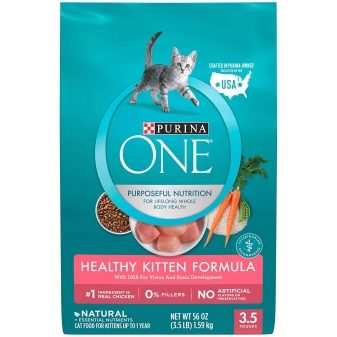
These are some of the best food. Their assortment is huge, you can choose the taste that suits your pet: with turkey, beef, rabbit and others. Also, many manufacturers produce wet food, canned food, and canned food.
How to prepare a kitten's stomach?
Most veterinarians agree that it is unsafe to feed kittens with dry food until 1.5-2 months of age. Most often they rely on the fact that the sharp edges of the granules damage the digestive tract. This is the case, therefore, if you decide to give "crackers" at such a young age, you will need to prepare them.

Prepare a fresh serving of your baby before each meal. If you give "croutons", they must be soaked. To do this, purchase lactose-free milk from the store or cook low-fat chicken broth. Add some meat to the liquid, about 1 teaspoon.Then add crackers, be sure to wait until they are completely wet, stir everything into a thin porridge.
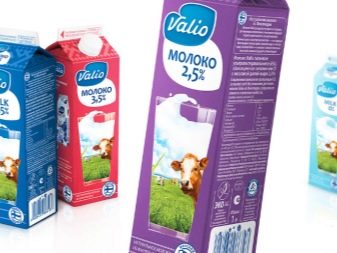

Such manipulations are carried out until the age of 2 months. Then it will be necessary to gradually change the consistency: add less water and meat, put more dry food.
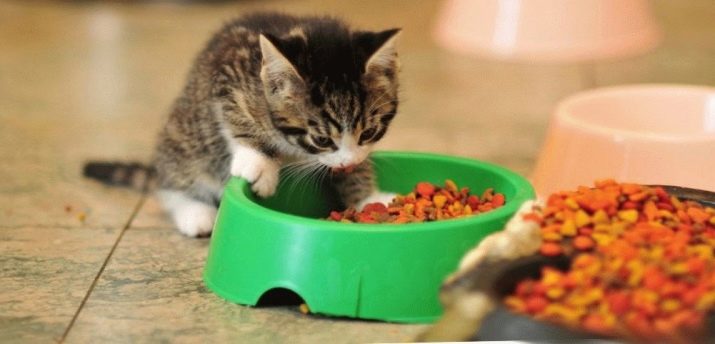
By the time the little ones start to cut their teeth, they will begin to actively gnaw and bite. This is the optimal time for a complete transition to dry food, usually a kitten reaches three months of age. remember, that the food should be of the same age, so carefully inspect the packages for the presence of markings by month.
Each manufacturer has a special table for determining the frequency of feeding and serving size.
Very small cats do not feel full immediately, so put in the bowl exactly as much food as you should eat at a time.
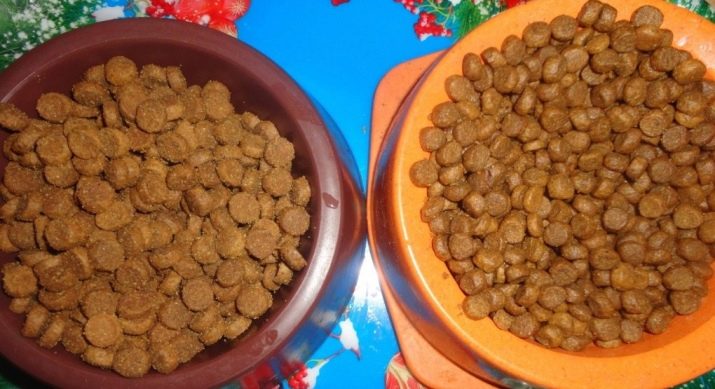
Those doctors and breeders who adhere to such an early introduction of dry food note that it is balanced in nutrients, vitamins and minerals that are so necessary for a growing body.
Natural foods are not as rich in nutrients as artificially synthesized pellets, so much more regular food will be required to meet the kittens' needs. This adds some complexity, because kittens' stomachs are very small and simply cannot accommodate the required portion size. Also, breastfeeding increases the volume of feces, which is a negative point in an apartment.
Of course, even with constant feeding with dry food, you can feed your pet with natural products: mainly cottage cheese, boiled chicken, lean meat, fermented baked milk, cream. Remember that there must be at least 3 hours between the intake of dry food and natural products!

At what age can you give?
Modern ideas about approaches to feeding young cats have undergone changes. So, most veterinarians say that the first "croutons" can be given from 4-5 weeks of age. A complete transition to dry food is carried out by three to four months.
At this time, you should clearly monitor what and how much the pet ate.
The amount of feed obtained by dividing the daily volume of "crackers" by the frequency of feeding should be poured immediately before eating. Only by the year is it possible to fill the bowl once a day.

Feeding frequency
From the very birth, kittens eat their mother's milk. Usually they do this without adhering to any regime - they ate as they wanted. From the age of two months it is time to take the frequency of feeding into your own hands.
- From 2 months a kitten needs 4–5 meals a day. Each of them should include broth, dry food, a small portion of meat. Natural foods can be given once a day. Milk is offered only if the baby is weaned from the mother.
- Three-month kittens are transferred to four meals a day. At this time, reduce the amount of liquid in the portion, let whole "crackers" begin to come across. Introduce fermented milk products and cottage cheese gradually into the diet.
- From half a year the kitten should eat already three times a day. The portions are still cooked before each meal and sprinkled exactly at one time. From half a year, stop giving whole milk - only fermented milk products are allowed.
- Closer to the year the baby begins to feel the signals of hunger and satiety, the frequency of feedings is reduced by up to two times. From now on, you can pour all the feed for the day into the bowl at once. However, you should not do this if your pet is a glutton, quickly deals with the proposed portion and requires more. In this case, you need to pour only a single serving into the bowl.
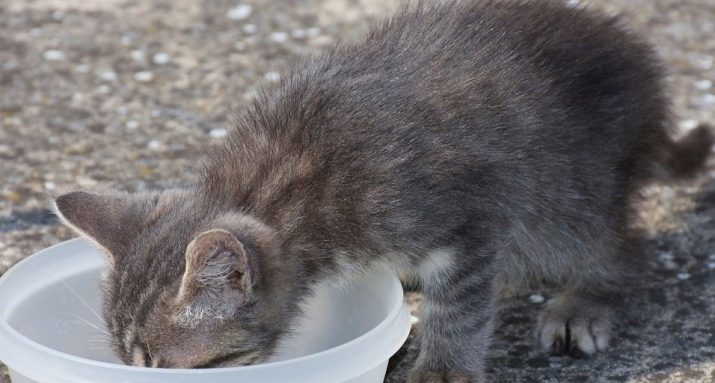
When feeding dry food, the kitten should have access to fresh drinking water around the clock.Change it as often as possible, because during drinking the food mixes with the liquid, becomes cloudy and loses its attractiveness for the kitten.
Use fresh filtered water correctly, do not give boiled water to babies.
Veterinarian reviews
According to most veterinarians, kittens can be taught to dry food from the age of one month, when their teeth begin to cut. The full transition to "crackers" is carried out in three months. This is best combined with complete weaning from the mother of the cat.
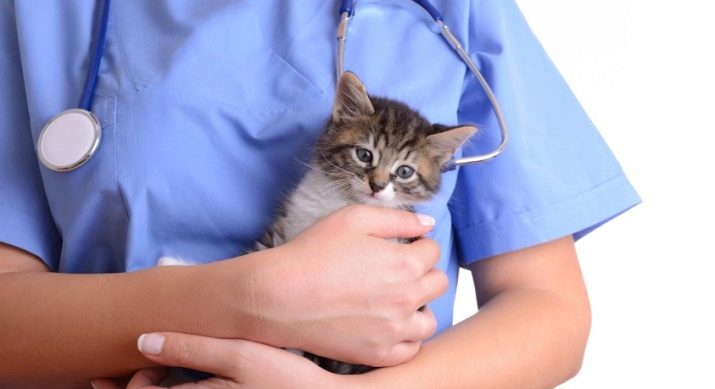
If the kitten asks for something in return for dry food, you can offer him wet food from the same manufacturer. Gradually reduce the portions of wet food and increase the volume of the croutons. The smoother the transition from one type of food to another you make, the easier it will be to rebuild the gastrointestinal tract.
One of the frequent questions that torments the owner of a young cat is whether it is worth giving milk. Veterinarians advise against doing this, as it often leads to indigestion. And since a year, milk is strictly prohibited, because it causes diseases of the digestive tract.
An overview of dry food for kittens can be seen in the video below.
































